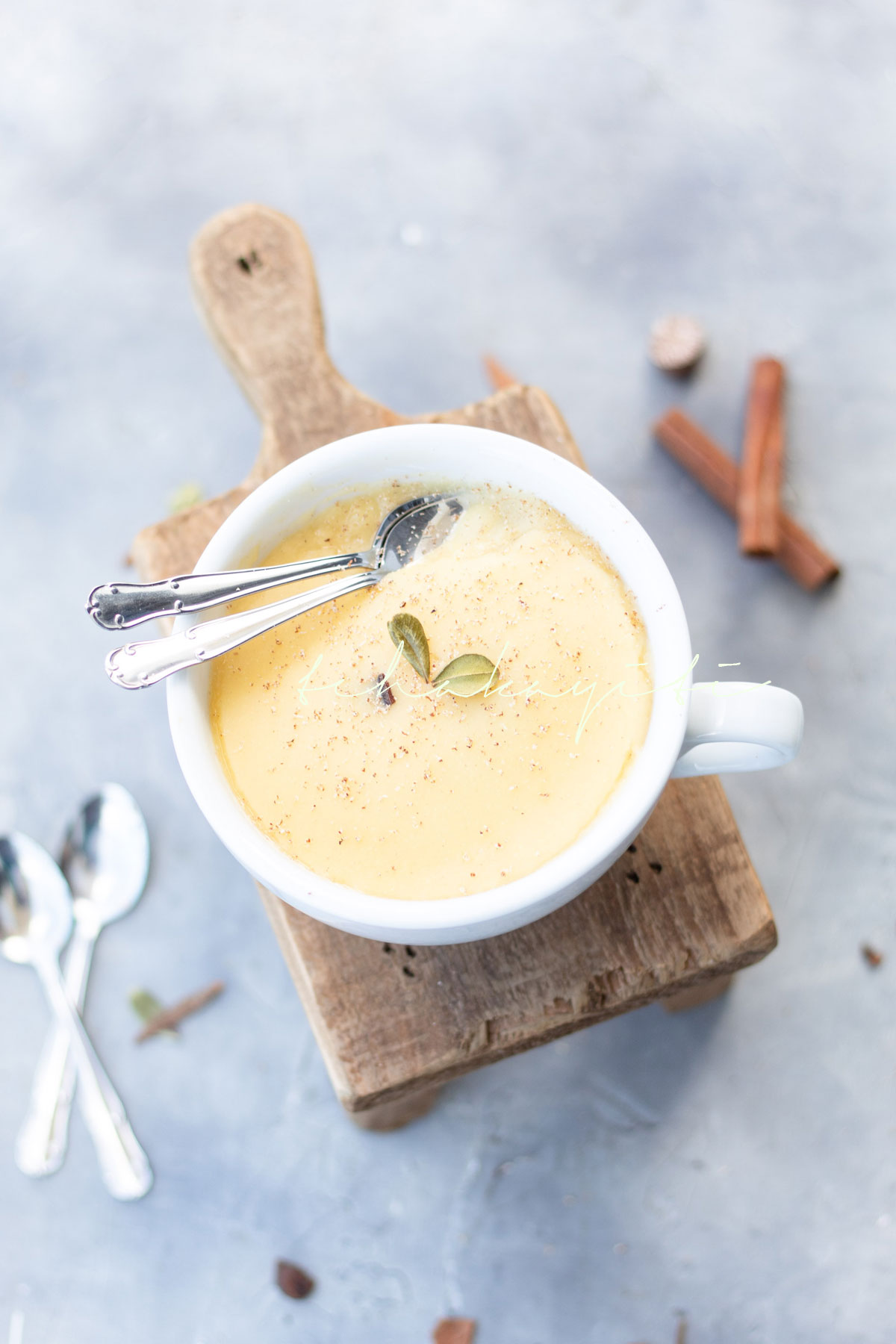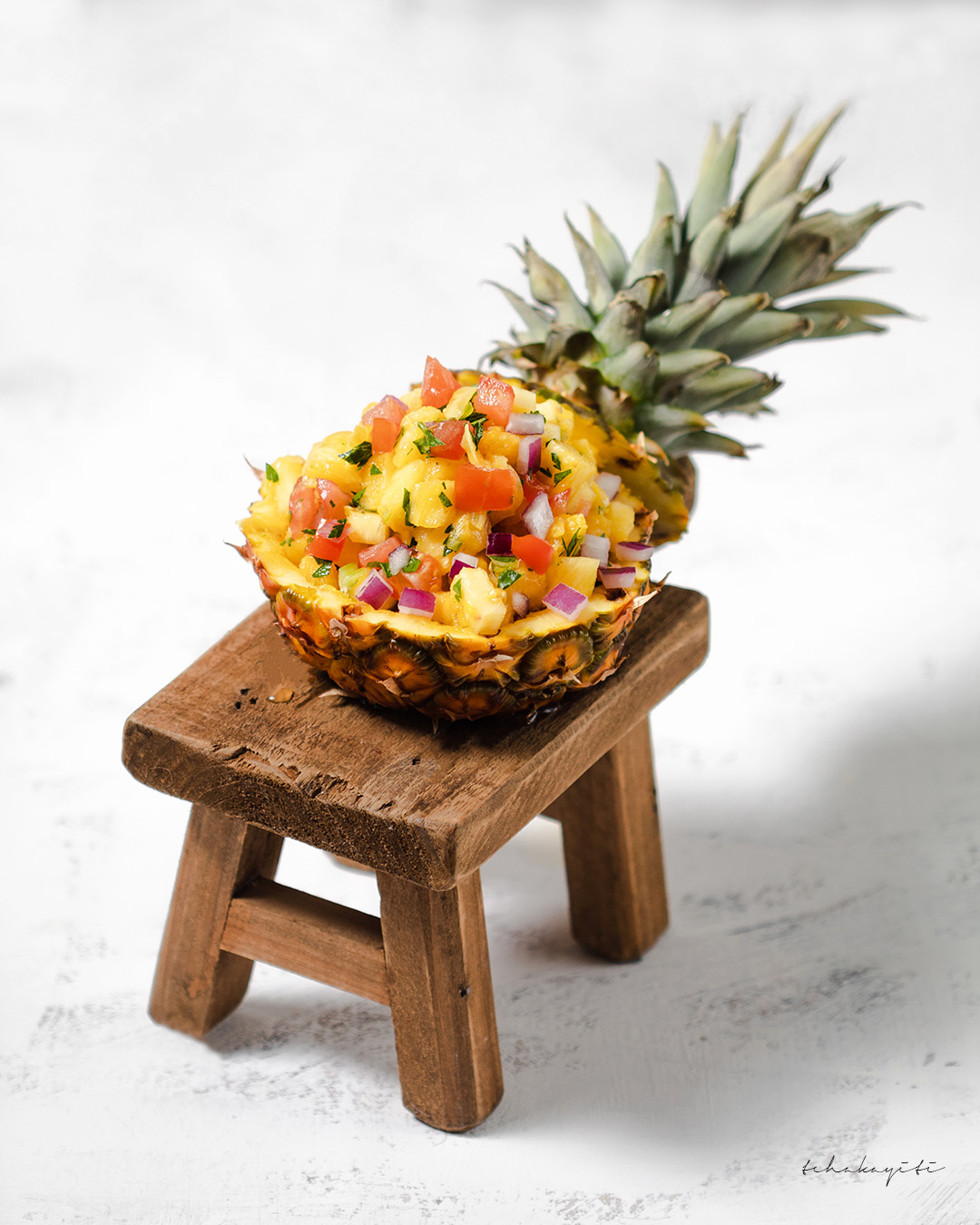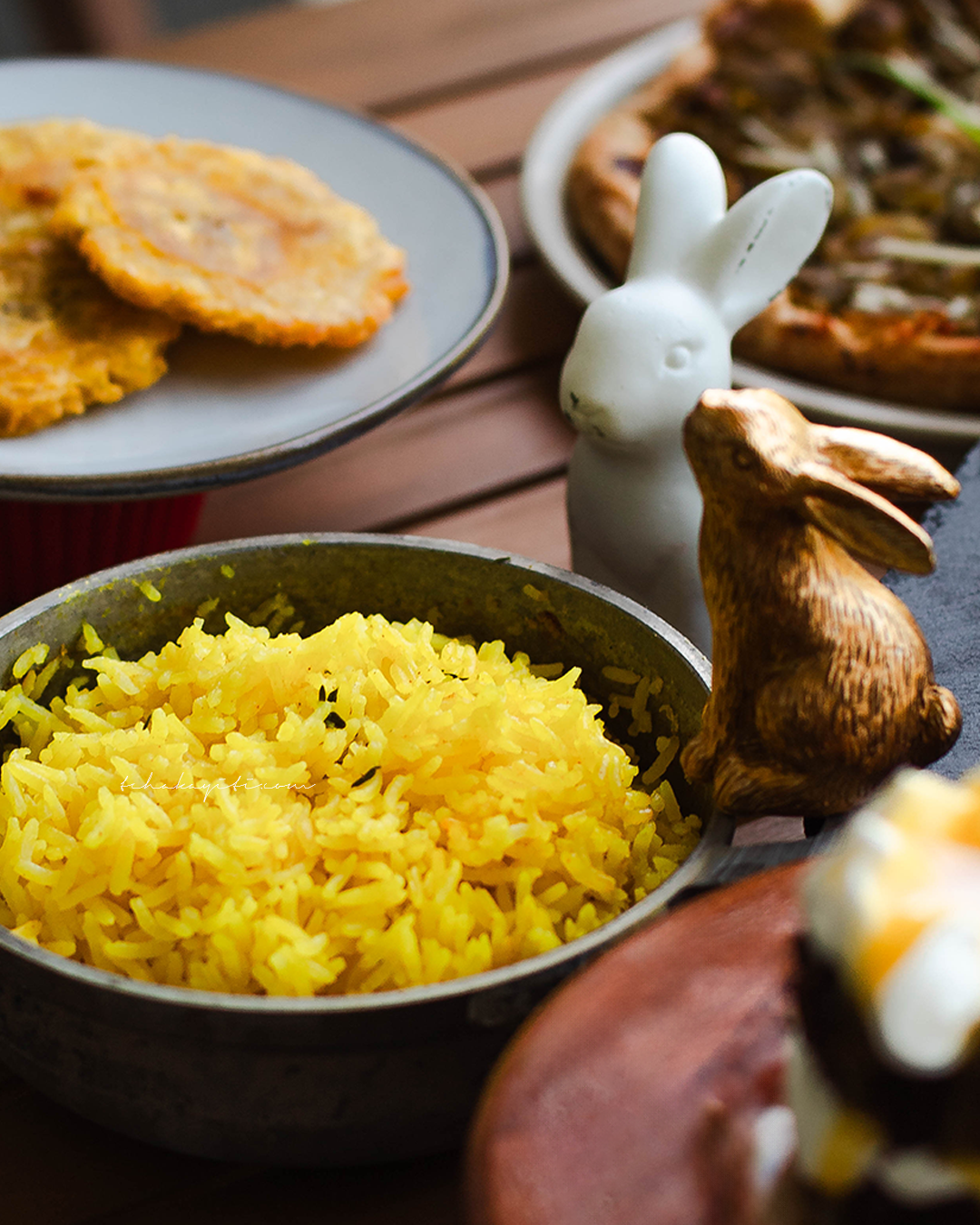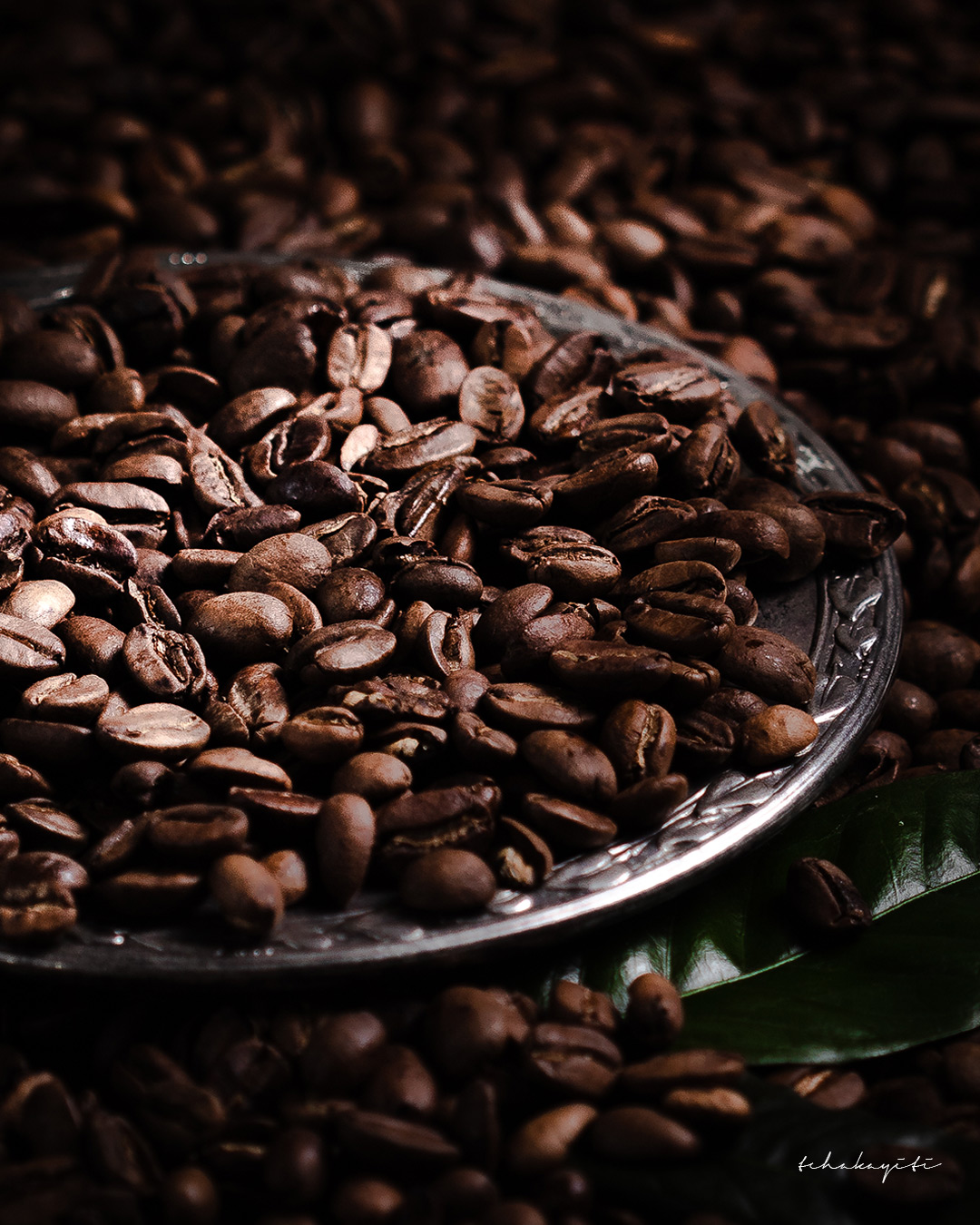3:00pm. The time of the day I have been dreading is here. We’re all summoned by the orange liquid dispenser. By “we” I am referring to my fellow daycare friends. It is time for the afternoon collation. A moment I hate. The sight of the plastic tray lined with plastic cups upsets me. My tears are close. I can already anticipate the gustatory torture that is to come.
From experience, I know those cups are filled with my worst nightmare: acassan, Haitian corn porridge.
And I am not happy. I wish I could run and hide until this meal is over. Or even dump the content of the glass. But I know better than that. The daycare staff will come looking for me and will force this porridge down my throat whether I like it or not. I should not and I am not allowed to discard food.
I hate everything about this thick milky corn porridge. It is cold and unpleasantly filled with lumps of corn flour that did not fully dissolve during the cooking process. They’re difficult to swallow and definitely not fun chewing on. As if those lumps were not enough, that acassan is also filled with tiny black dots. That grainy feeling on my palate is unpleasant. I wish I could spit them out, but I cannot. They’re an integral part of this porridge. What I do not know at the time is that they’re simply powdered sweet spices meant to enhance the flavors.
Such are my early memories of this Haitian corn porridge.
Fast-forward a good thirty years later. I still vividly recall those early childhood days. And I have yet to make peace with acassan.
I watch my dad prepare pots overflowing with akasan on a regular basis. And I am amazed. He can spend an entire week eating this porridge daily for breakfast. He buys the base by the gallon from neighborhood street vendors. These gallons are filled with water and a thick corn mixture deposit that can last for weeks. And he knows just how to separate the two.
He has become a pro at preparing acassan. Before cooking, he dumps the water and extracts the needed portion by eyeballing it. He knows just how to balance the flavors. Once his acassan is on the stove, its smell permeates every corner of the house. My dad enhances his with a mixture of cinnamon, star anise, nutmeg, vanilla and lime peel. These sweet spices tantalize one’s senses. I will be the first to admit it. Yet, I cannot get myself to indulge in this corn porridge.

Though I have tried akasan as a grownup and have come to realize it is not as bad as I recall, the taste from my childhood remains on my palate.
I cannot get myself to enjoy a bowl full. I do know one thing, however. My making peace with this corn porridge will come with eating it hot by the spoonful with just enough milk to make it creamy. I will never be able to drink it cold by the glass again.








2 Comments
Bad experience lol
I had it too . It was served cold on banana leaf with molasses .
Now I am able to make It and change it with condensed milk cinnamon or five spice a little cayenne pepper or pumpkin spice , ginger , lemon zest etc
It is so creamy and tasty .
And serve it with a shaved toast point with peanut butter . 😋
The cayenne add-on sounds interesting. Hopefully I will make peace with it too soon! 🙂